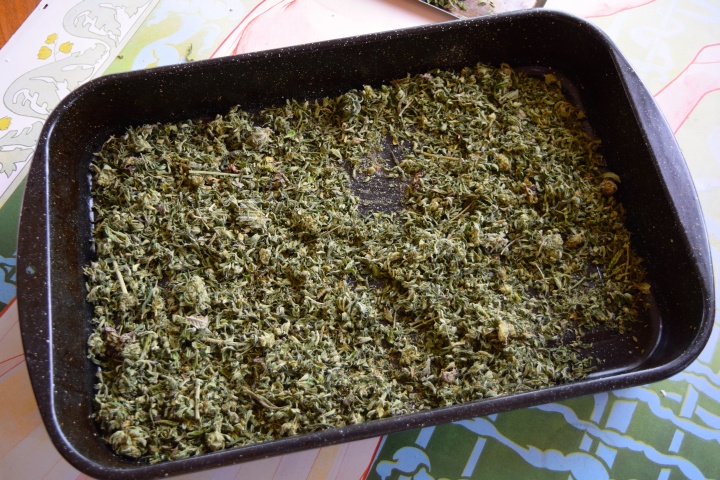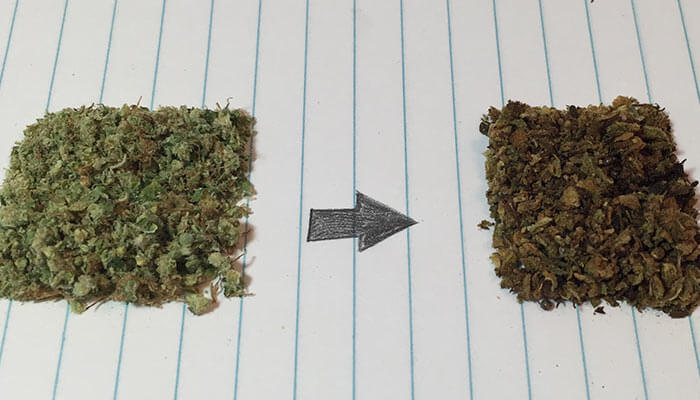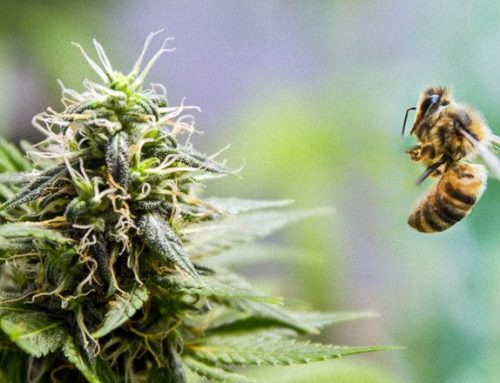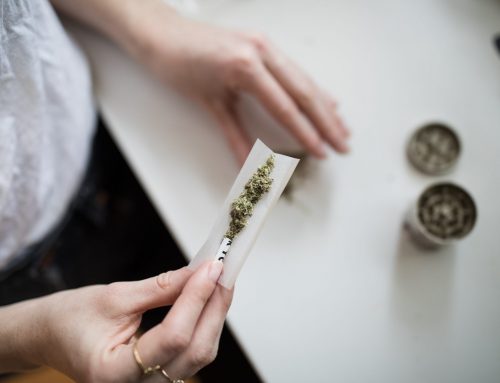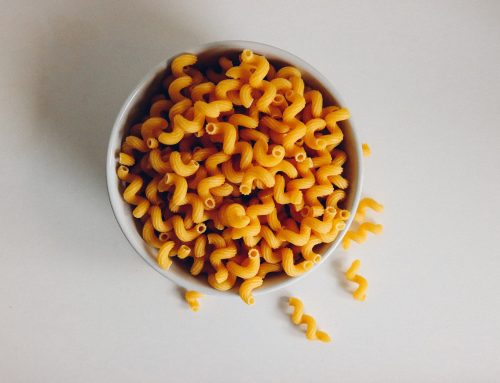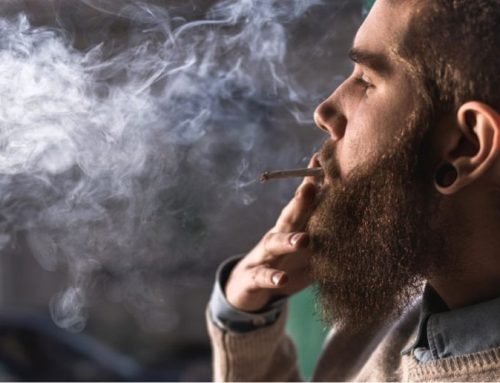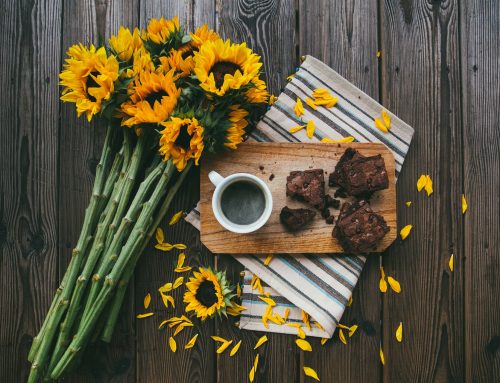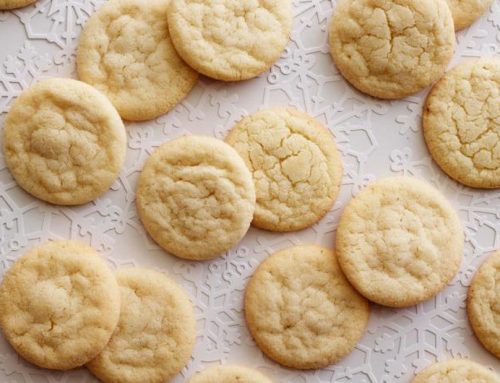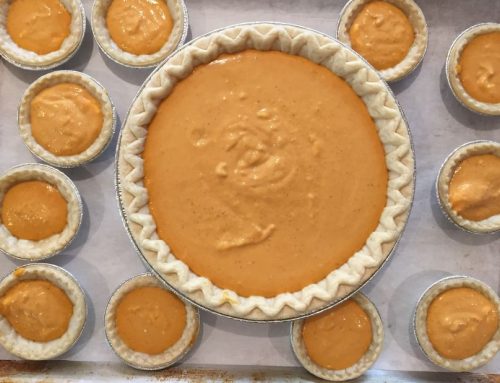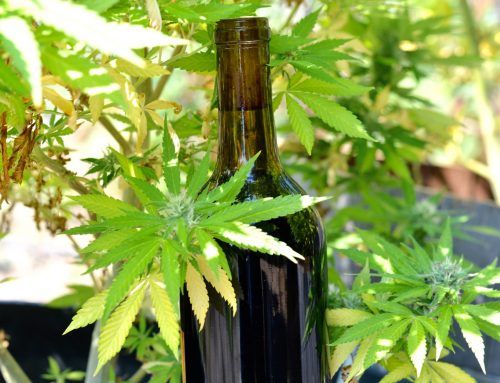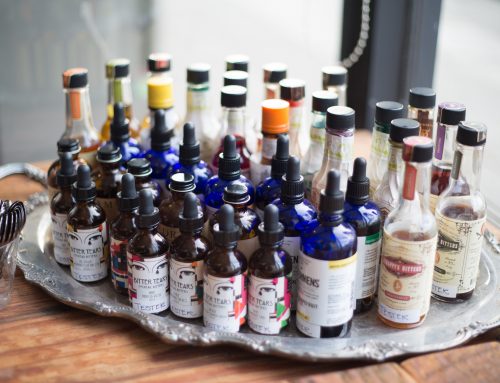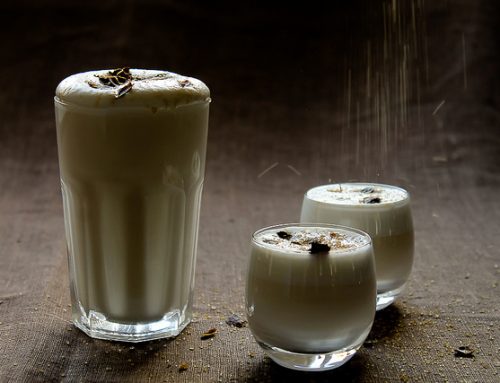Questions Answered about Decarboxylation
You’ve probably heard the word thrown around and might understand that it has some sort of importance when you light up. It’s a big scientific word, but what does it have to do with your high? Here are your answers to the basics of decarbing your herb.
Decarboxylation Definition
Decarboxylation is a chemical reaction by which a carboxyl group is removed from a molecule while leaving behind carbon dioxide. In this case, it’s your cannabis. Why do we need to undergo this process? Because it’s how the psychoactive cannabinoid THC is derived from its biosynthetic precursor.
You might be familiar with THC, the compound that causes a high. When you decarboxylate your flower, you are creating THC through decarboxylation of the Phyto-cannabinoid THCA.
Basically, you have a compound (THCA) in your raw flower that is non-psychoactive. To become psychoactive, it has to lose its carboxyl group. This happens by heating it up. So when you light up, you are turning THCA into THC and inhaling all it’s goodness. If you are only interested in the flavonoid, terpene and terpinoid content and want to avoid unhealthy combustion products, vaporization and cooking cannabis provides the healthy alternative.
Why Decarboxylation Before Making Butter?
Decarboxylation is needed to activate THC and to reap its benefits. You do this by lighting a joint through vaporization. You can also activate your bud when you make your cannabutter or cannaoil. Though you can achieve decarboxylation over a stove top, it isn’t always the most efficient way and that could mean losing out on potency in your edibles. It is a good idea to decarb your flowers before infusing your oil or butter so that you are able to release all the THC from your bounty.
How to Decarb Cannabis?
It is important to remember that high heat will burn your herb and, in this case, burning is not good. You can decarboxylase your herb in the oven by preheating it to 220-270F (100°c- 130°c) depending on your location, altitude and product. Flowers need a lower temperature, about 220-250F (100°c-120°c) , while decarboxylation of kief needs a higher temperature, about 260-270F (125°c-130°c).
Cook for about 20-45 minutes depending on the temperature you use. You should cook longer at lower temperatures and shorter for higher temperatures. You could experiment with a few different temperatures and times to find out your preferred recipe. But if that sounds like too much work or you don’t make edibles that much, go for 220F (100°c) for 40 minutes as a general rule.
* If you heat it up for longer the THC will start to convert to CBN, which will give your batch less stimulating and more sleep promoting properties.
** You can decarboxylate faster at 300F (150°c) for seven minutes, though you must be precise with time and temperature. You do not want to exceed 300F (150°c) or cook for longer than seven minutes.
Now you’ve decarbed your bud it’s time to try some recipes, we recommend trying out cannabis smoothies, infused tea and some of our other other recipes.

